Summary
- The HyperX Pulsefire Saga Pro offers 3D printable shells for customization.
- It features up to 90 hours of battery life, lasting all week even with longer gaming sessions.
- The 26,000 DPI sensor is backed by up to a 4,000Hz polling rate for those who really need the best performance possible.
The HyperX Pulsefire Saga Pro is a pretty run-of-the-mill gaming mouse when it comes to specs, but that’s not what makes it special. With a wide range of 3D printable files, this mouse can be customized like none I’ve ever used before, and I absolutely love that.
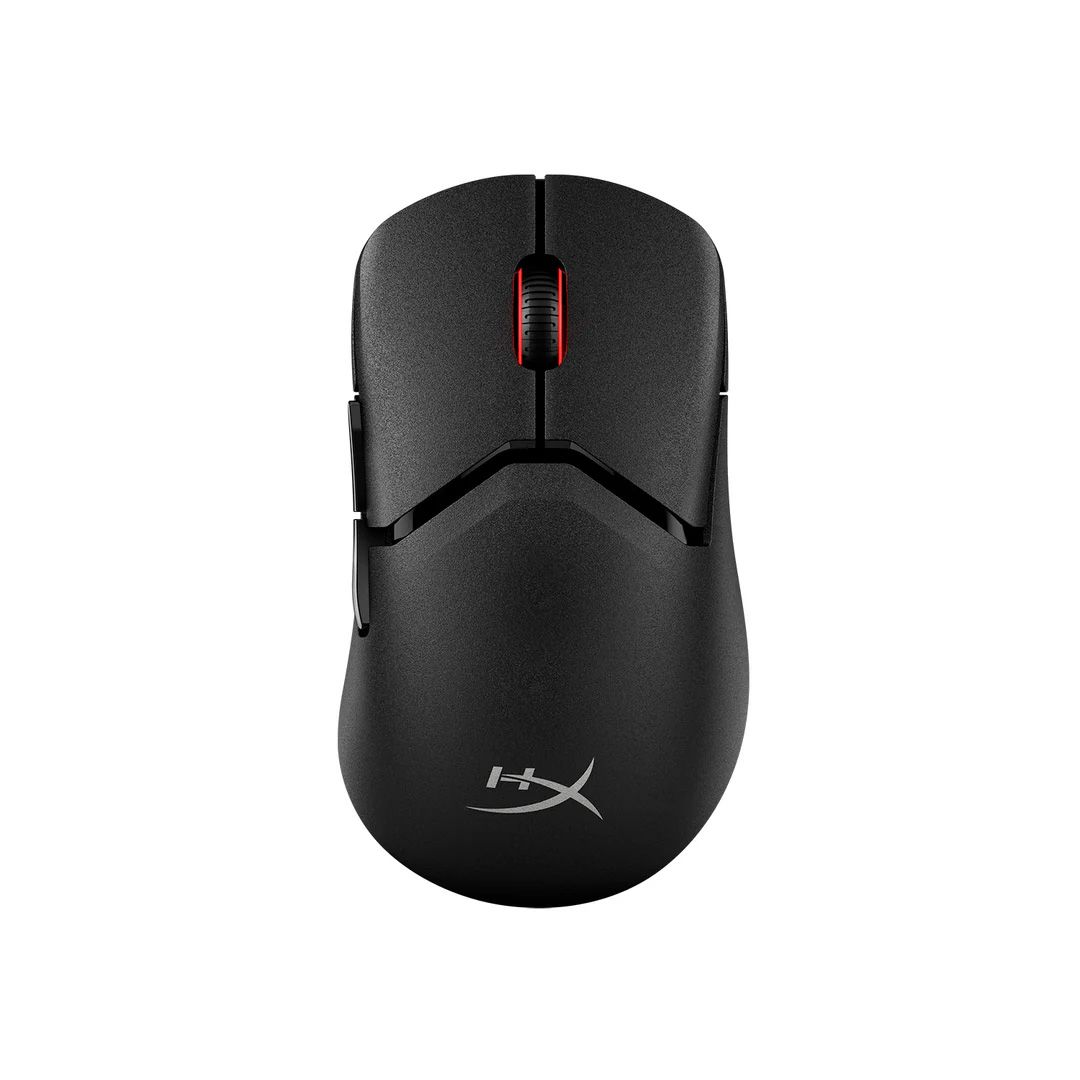

HyperX Pulsefire Saga Pro
The HyperX Pulsefire Saga Pro Wireless Gaming Mouse features up to 90 hours of battery life, a 26K DPI sensor, up to a 4,000Hz polling rate, and dual wireless connectivity. The headlining feature of the mouse, however, is the ability to 3D print and customize the main shell as well as both the top and side buttons. With a robust assortment of 3D printing files available at launch, it’s only a matter of time before the community helps to completely overhaul how this mouse looks. It also has a USB-C port on the front for charging, and onboard storage for up to four DPI profiles.
- 3D printable shells for customization
- Up to 90 hours of battery life
- 26,000 DPI sensor
- Only has RGB on the scroll wheel
- Wireless dongle is USB-A not USB-C
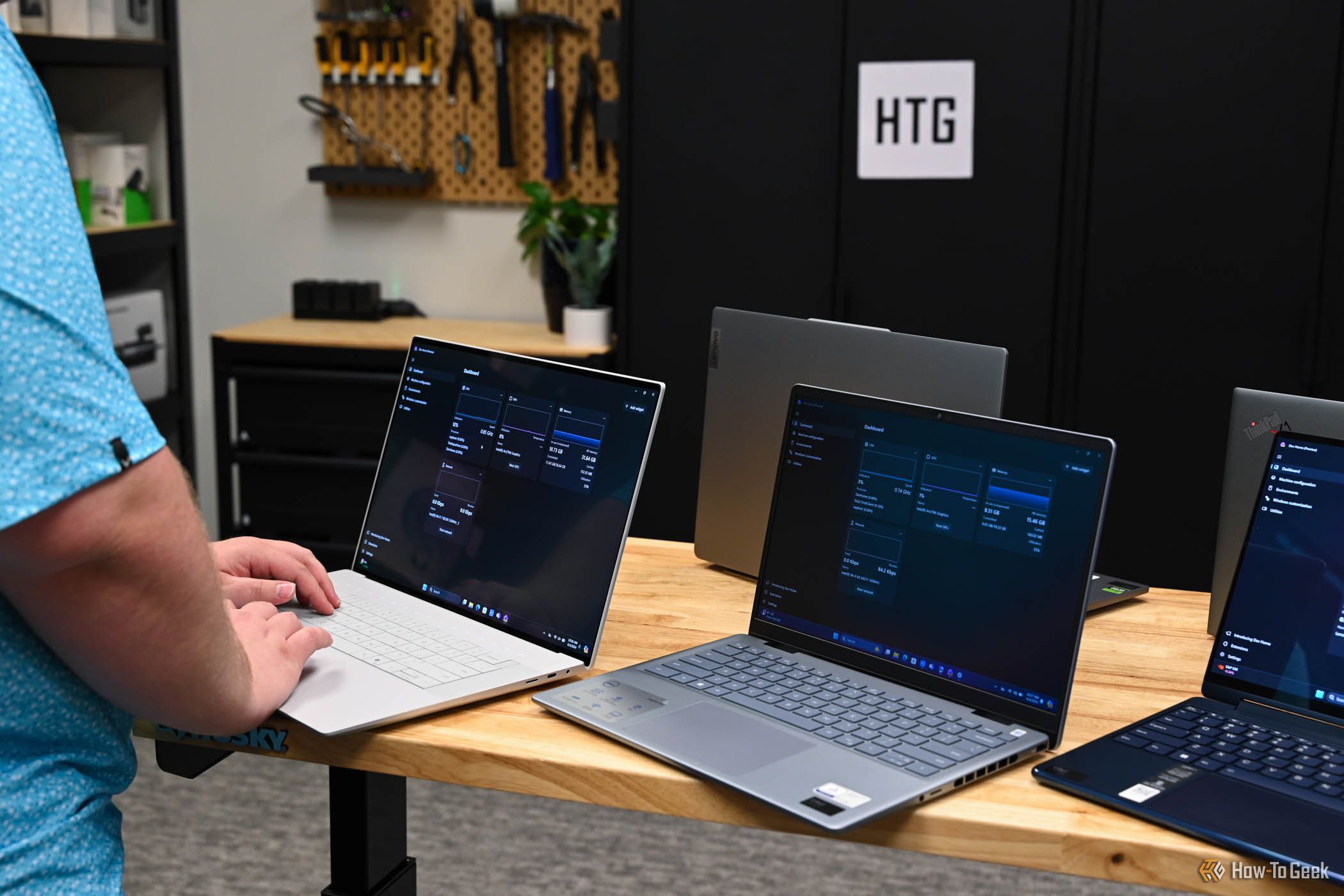
See Our Process
How We Test and Review Products at How-To Geek
We go hands-on with every product to ensure it’s worth your time and money.
Price and Availability
The HyperX Pulsefire Saga Pro Wireless Gaming Mouse costs $119.99 and is available directly from HyperX.
I’ve Never Used a More Customizable Mouse
Over my years as both a gamer and a hardware reviewer, I’ve used quite a few mice. Many mice have been touted as customizable. None (that I’ve used) have quite measured up to the level of personalization that the HyperX Pulsefire Saga Pro has to offer.
Outside of mice designed for 3D printing, like the kit from Bambu Labs, most customizable mice just have swappable parts. The Pulsefire Saga Pro, on the other hand, lets you 3D print the four main components of the mouse. This includes the back shell, the top left and right buttons, and then the two side back and forward buttons.
In the box, you’ll find an extra shell, extra thumb buttons, and a set of extra top mouse buttons. The shell and thumb buttons are relatively the same, but the top mouse buttons have a concave feel to them, which I prefer personally.
I immediately went to the Printables page for the Pulsefire Saga Pro and started browsing what was there. I was actually surprised by what HyperX had supplied. Not only are there a number of pre-made models to print, but there’s also CAD models that you can import to programs like Fusion 360 or Blender and completely make your own shell.
The shells, whether custom-made by you, made by someone else, or the ones designed by HyperX, will have screw posts at the back. There are small screws in the existing shells that you can remove, or you can buy the screws separately. For the side and top buttons, you’ll need M2.0x3.0 ultra-thin flat head screws with a 3.8mm diameter head. For the main shell, you’ll need M2.0x3.0 ultra-thin flat head screws with a 4.8mm diameter head.
I was honestly a little surprised that HyperX even went as far as mentioning the screws that are needed, and not trying to make it proprietary. In fact, HyperX even includes extra skates and grip tape in the package so that way you’re ready to go out of the box for printing your own models.
I loaded up the main shell with a thumb rest into Orca Slicer, embossed the How-To Geek logo on the back (I used a flat butt model to avoid having to use supports) and clicked print. About an hour later, at 0.2mm layer height on my Bambu Labs A1 Mini, I had a mouse shell.
It slides on perfectly and, clicked right into place with the screws inserted, feels extremely smooth. I almost couldn’t tell a difference between the factory shell and my 3D-printed one. The fit is identical, the overall design is identical, and the feel is nearly the same too. Granted, some of this is because of my 3D printer, but a 3D printer is only as good as the STL file it’s printing. HyperX knocked it out of the park with their files.
One final note on the build quality of this mouse: the switches are fantastic. While they’re optical switches, which is ideal for ultra-fast response times, they’re also extremely tactile. A good mouse button is a clicky mouse button, in my opinion. The Pulsefire Saga Pro doesn’t disappoint here.
A Battery That Will Last All Week and Then Some
The HyperX Pulsefire Saga Pro isn’t just a solid mouse because of how customizable it is. You’ll also find that it delivers up to 90 hours of battery life.
While I haven’t specifically timed it, I can say that I do believe it’ll hit right close to that. I turned the RGB LED lighting off on the mouse first thing, because the only lighting it has is the scroll wheel.
HyperX says to reach the fabled 90 hours of battery life, you need to disable lighting and run at a 1000 Hz polling rate while being connected over 2.4GHz. I did all of this and the mouse is perfectly performant in all of my tests.
While the Pulsefire Saga Pro will do 4,000Hz polling, I find it wholly unnecessary. Unless you’re a professional esports gamer with a system designed to run peripherals like that, just stick to 1kHz polling. You’ll get better battery life and your computer will thank you for not putting undue stress on the CPU.

Related
Don’t Play Esports? Then You Don’t Need 8,000 Hz Polling Rates
Even esports players don’t!
The DPI, on the other hand, can go up to 26,000, which is nutty. I typically use a mouse somewhere between 1,600 to 2,000 DPI and that’s enough for me. Any lower, and it’s too slow, any higher, and it’s too fast. The Pulsefire Saga Pro has four onboard DPI adjustments that can be changed without software, though, so that’s a huge bonus if you use different DPI levels for various games.
I Wish There Was a USB-C Wireless Dongle
The Pulsefire Saga Pro is a USB-C mouse, and I’d expect nothing less. In 2025, if you’re not using USB-C, then you’re behind on the times. That is, unless it’s a wireless dongle.
The wireless dongle included with the Pulsefire Saga Pro is USB-A, and I hate it. I get it, most computers have many more USB-A ports than USB-C. But HyperX already went out of its way to include a dock for the dongle, which includes, for whatever reason, a USB-A to USB-C adapter.
If HyperX really wanted to make sure that the dongle was compatible with USB-A, then this dock/extension is it. I would much rather have a USB-C wireless receiver because then I could plug the mouse directly into my MacBook Pro or other laptops that are USB-C only without an adapter.
Should You Buy the HyperX Pulsefire Saga Pro Wireless Gaming Mouse?
The HyperX Pulsefire Saga Pro Wireless Gaming Mouse costs $119.99, and that puts it in the realm of most other premium mice out there. Overall, what makes this mouse special is the magnetically-attaching shell that can be 3D printed.
The HyperX Pulsefire Haste 2 delivers much the same as the Pulsefire Saga Pro in the way of a 26K DPI sensor and 100 hours of battery life, though it does stop at 1kHz polling. It costs under $80, which is $43 cheaper than the Pulsefire Saga Pro.
I really do love the Saga Pro, it’s a fantastic mouse that will have a spot on my desk for gaming for sure. It’s just expensive considering the competition out there. If you’re looking for a solid gaming mouse and won’t be 3D printing your own shells, I’d say opt for another mouse, like the Haste 2. Otherwise, the Saga Pro is a great mouse that will up your gaming setup aesthetics, no doubt.


HyperX Pulsefire Saga Pro
The HyperX Pulsefire Saga Pro Wireless Gaming Mouse features up to 90 hours of battery life, a 26K DPI sensor, up to a 4,000Hz polling rate, and dual wireless connectivity. The headlining feature of the mouse, however, is the ability to 3D print and customize the main shell as well as both the top and side buttons. With a robust assortment of 3D printing files available at launch, it’s only a matter of time before the community helps to completely overhaul how this mouse looks. It also has a USB-C port on the front for charging, and onboard storage for up to four DPI profiles.



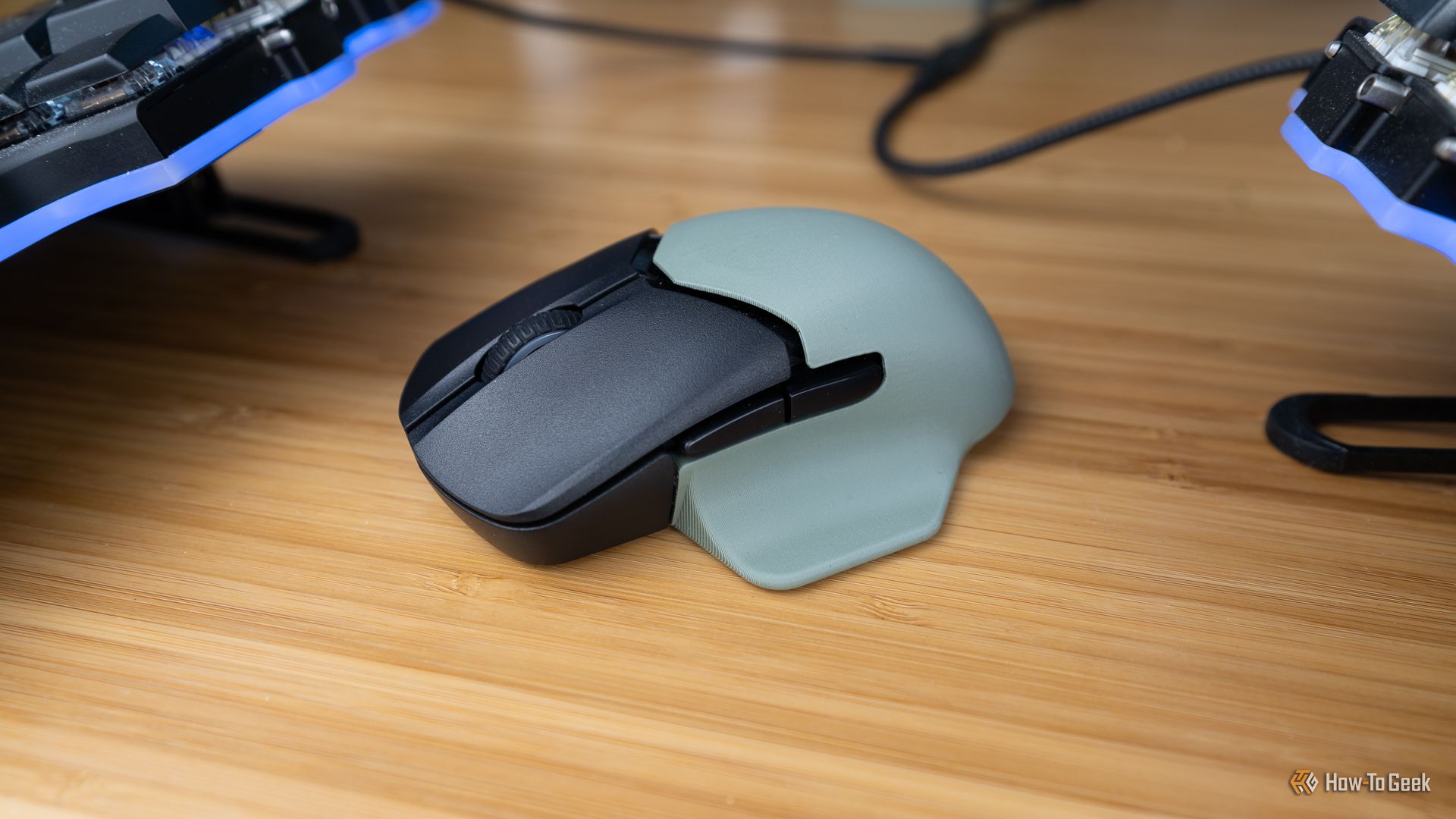
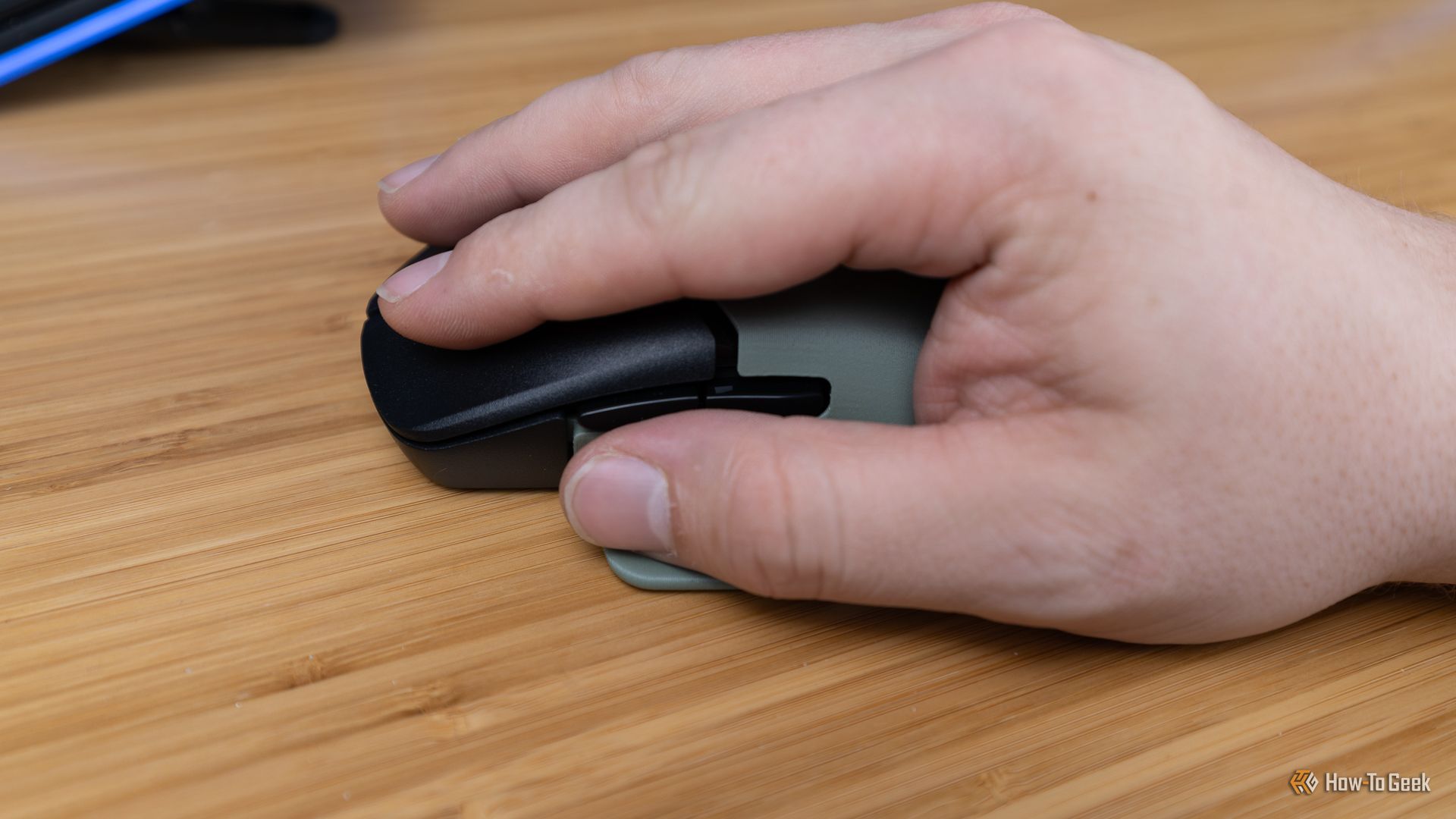
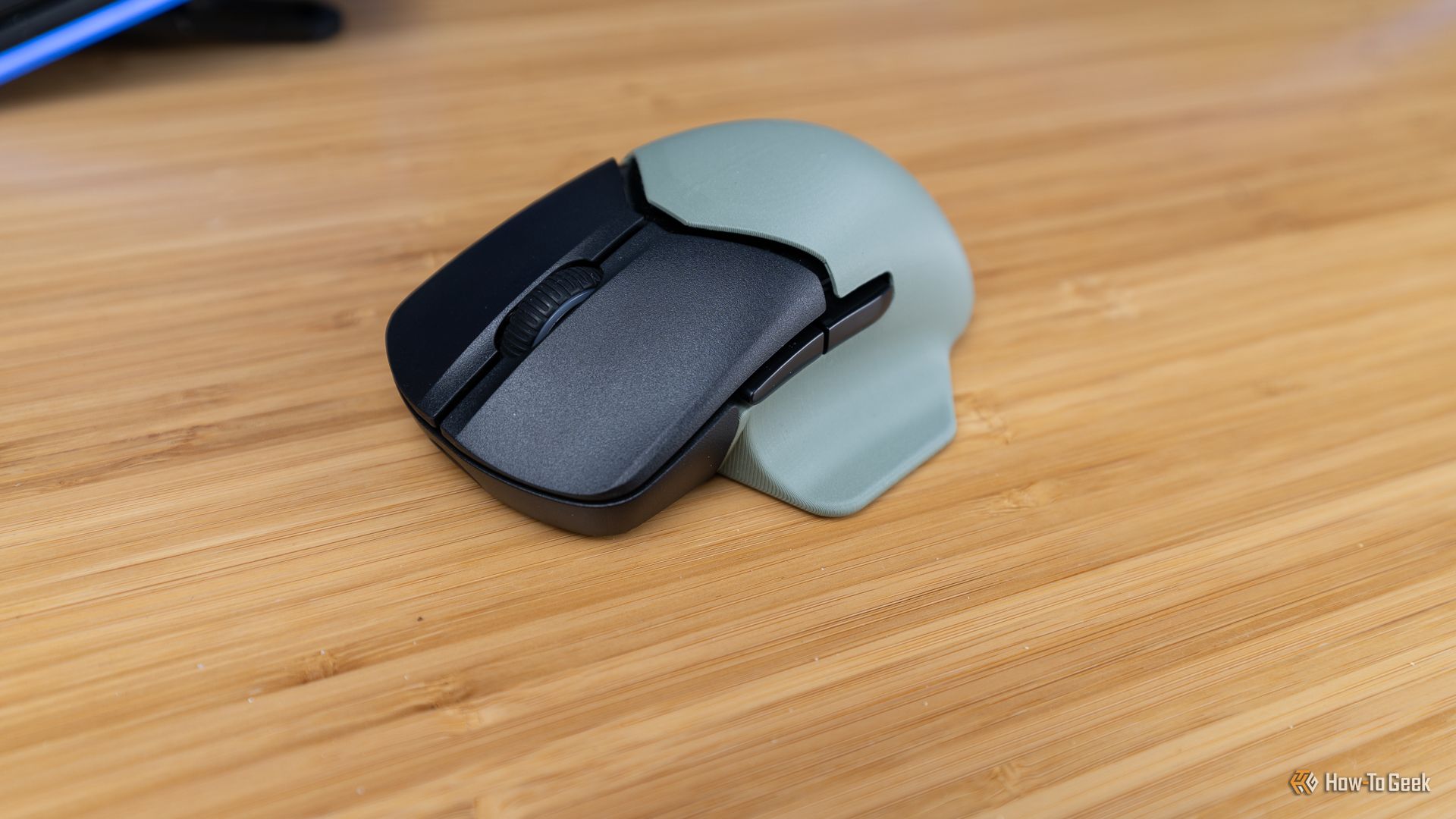







Leave a Comment
Your email address will not be published. Required fields are marked *